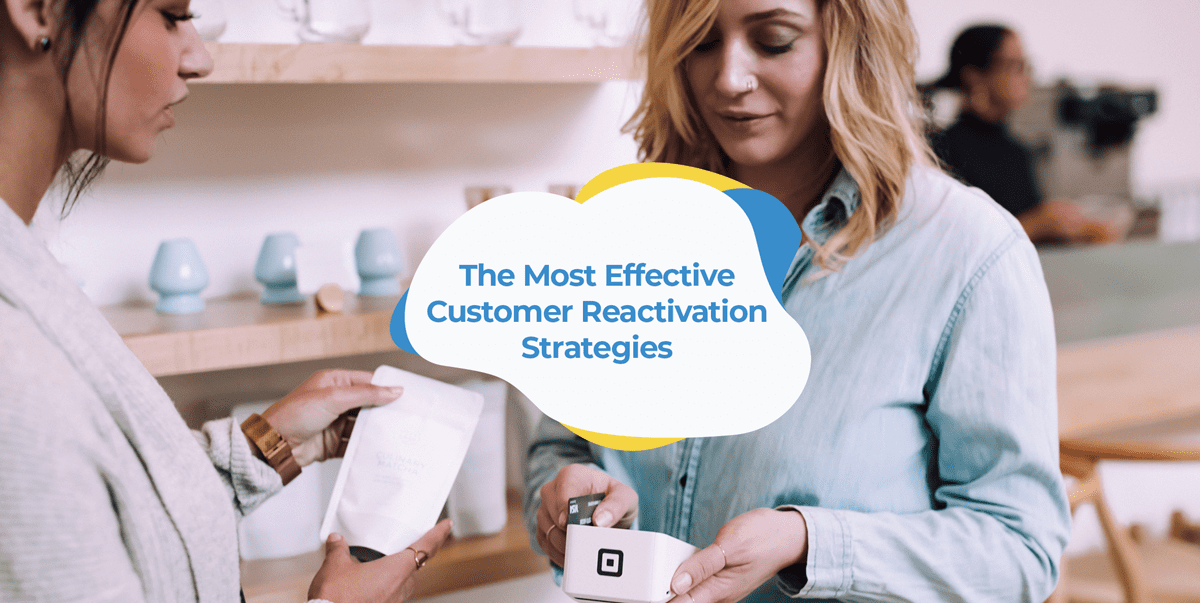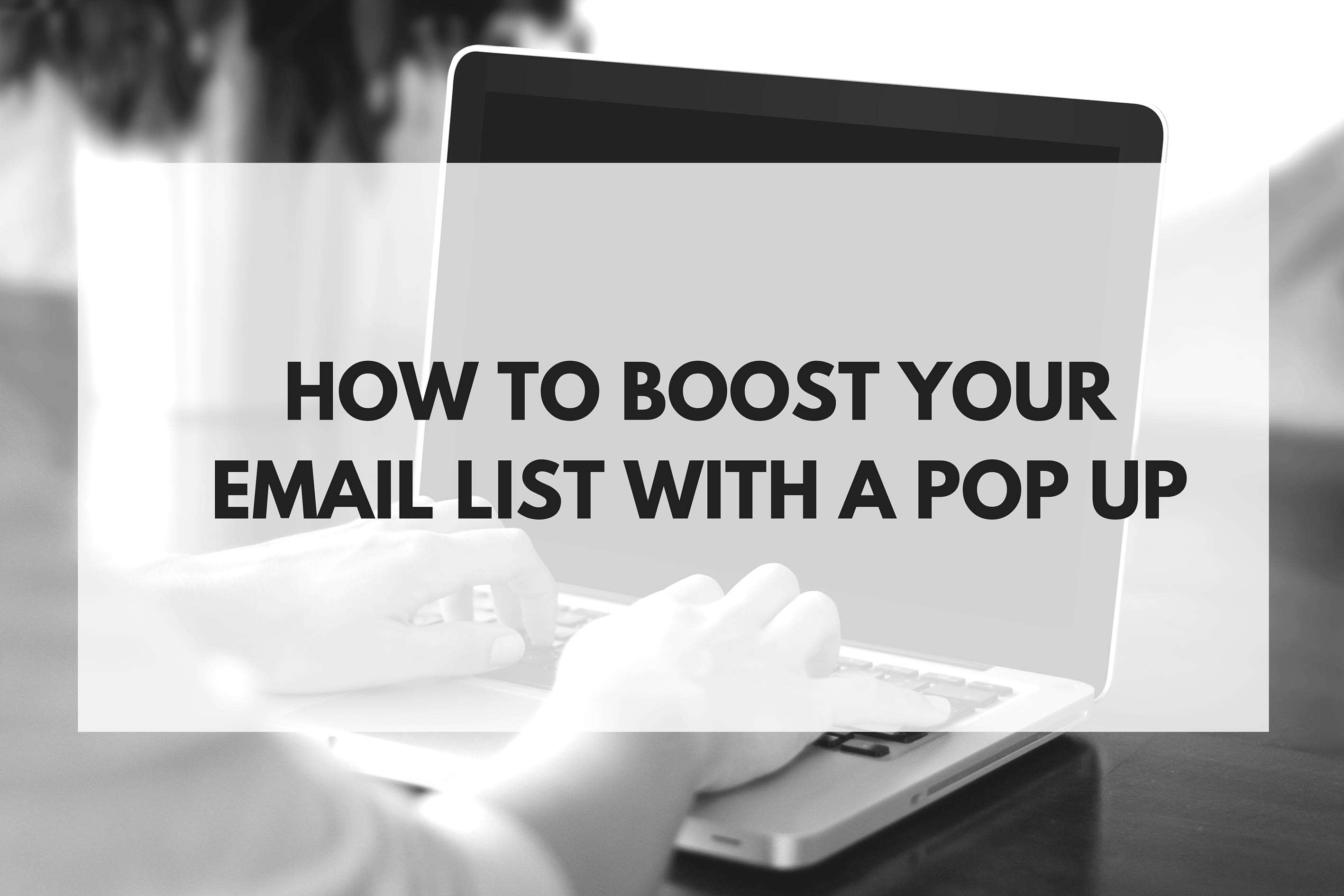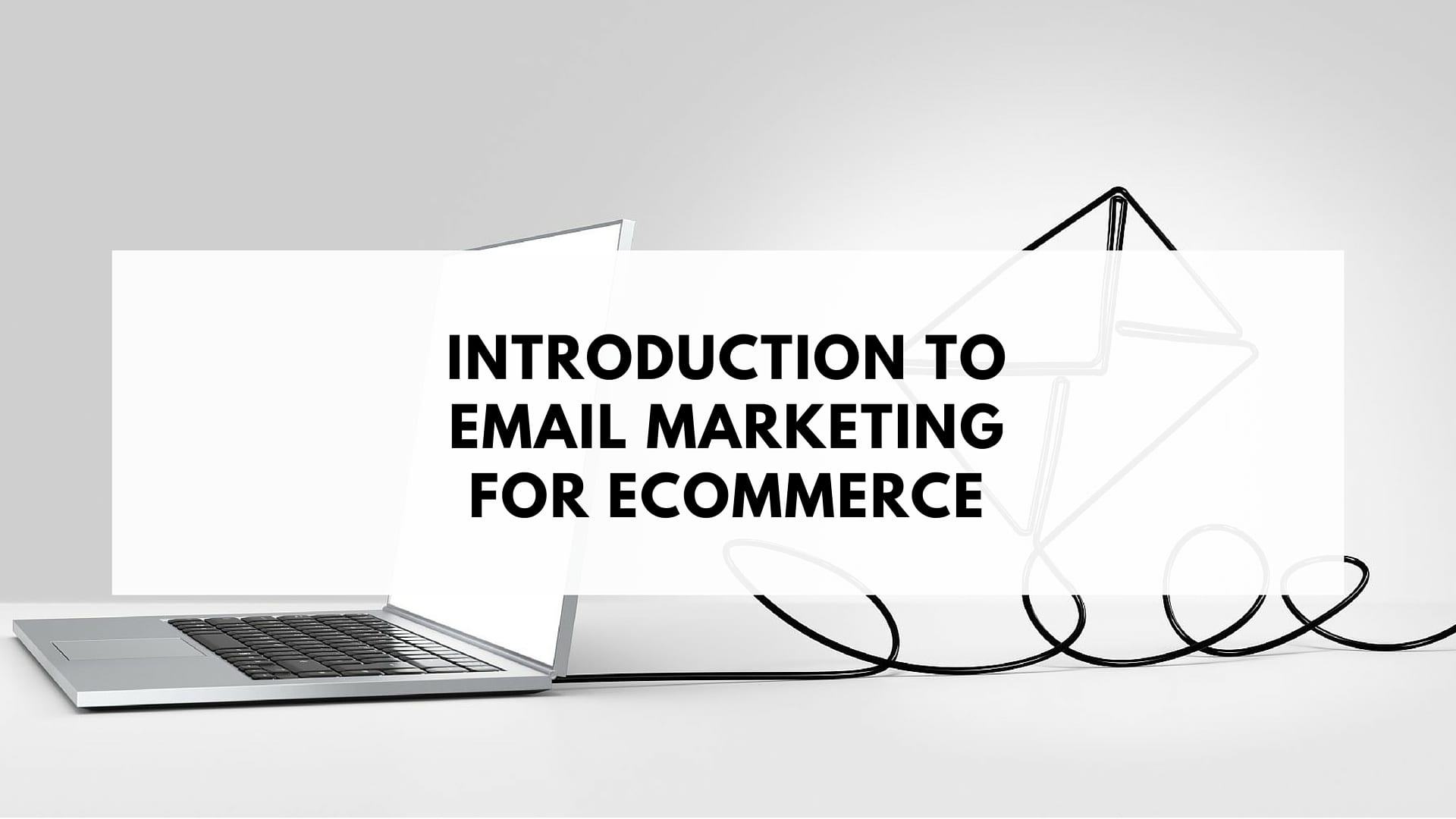Customer reactivation strategies should be one of your main priorities as a store owner. All-too-often stores focus on growing sales exclusively by acquiring new customers. And while new customer acquisition is incredibly important, so is customer retention.
Why? Because it’s much easier to make another sale to existing customers than to someone who has never bought from your store. It costs around 6 times as much to acquire a new customer than to make another sale to an existing one.
When you think about it, this makes sense. One of the biggest challenges to getting someone to hand over their money is establishing trust between them and your store. This is especially true for online stores.
Someone who has already bought from your store knows from experience that your brand is trustworthy. (Assuming that they didn’t run into any trouble). As this trust has already been established, you’re already halfway to making your next sale with your new customer.
Studies have backed up this thinking too. Research out of the Harvard Business School has shown that even a modest 5% increase in customer retention can increase profits by up to 95%.
That fact alone makes customer reactivation strategies one of the most important aspects of any business. The problem, however, is knowing how to go about winning back your inactive customers.
When it comes to your reactivation marketing campaigns, there are many options at your disposal. But in this post we’ll just focus on the few campaigns you’ll definitely want to be taking advantage of to reactivate customers.
Email Reactivation Strategies
Email marketing is already one of the most profitable digital marketing channels out there. It generates an average return of $38 for every dollar spent on it.
This makes email a powerful tool for your customer reactivation strategy.
Any good email service provider will let you easily segment your email list by subscriber activity. Ecommerce focused email apps will also go further and let you segment by customer activity metrics like purchase history. This lets you easily segment your subscribers into active and inactive customers to target your messaging.
Once you’ve created your segment of dormant customers, you can then go about setting up your win back email campaign.
In this campaign, you’ll want to automate a series of at least three emails to send after someone enters your list of inactive customers. The reason for sending multiple emails is that studies show that only a quarter of disengaged customers will open your first win back email, but up to half will open subsequent ones.
The idea is to email offers to entice people to come back to your back to your store. Again, research has found that including an offer makes it twice as likely that you’ll reactivate dormant customers.
In terms of the content of these emails, some of our favorites are included below as inspiration. You can also check out this guide on winning back customers with email marketing here for a deeper dive.
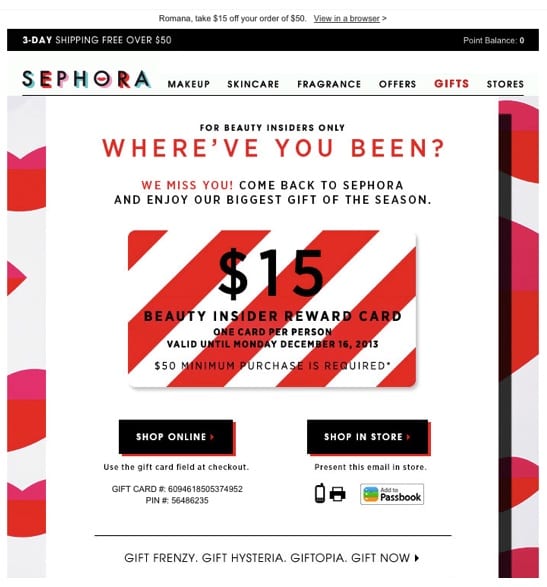
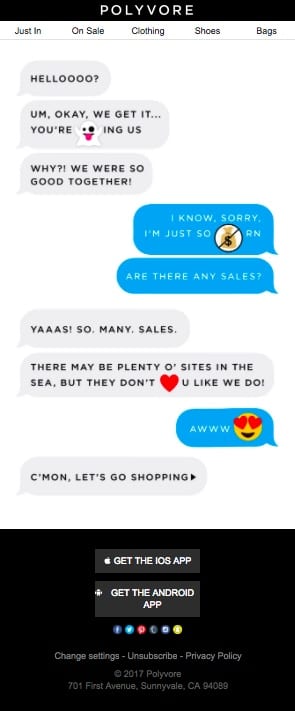
As these are automated emails, you only have to set them up once. Afterwards, you don’t have to worry about constantly creating and sending new emails.
Win Back your customers with SmartrMail today
? Install SmartrMail and engage with more of your customers ?
Social Media Reactivation Strategies
As great as email marketing is, not everyone will open and read your emails. While a great subject line helps with getting more opens, you’ll also want to utilize other channels.
Targeting inactive customers on social media is a great way to increase the chance they’ll see your message.
The issue, however, is only targeting lapsed customers with your reactivation offer. You don’t want your loyal customers seeing these messages.
This is where Facebook’s custom audiences feature becomes very useful. This lets you upload a csv file to your Facebook Ads Manager so that you’re only targeting the right people.
While you can upload this manually from your customer database, this would require you to constantly update it. Fortunately, there exist plenty of services that syncs this data to Facebook automatically.
If you’re selling on Shopify, there’s a free app that will sync your customer data to Facebook for you. And of course, remember that this also lets you run targeted ads on Instagram too.
For your inspiration, below is an example of a great customer reactivation ad.
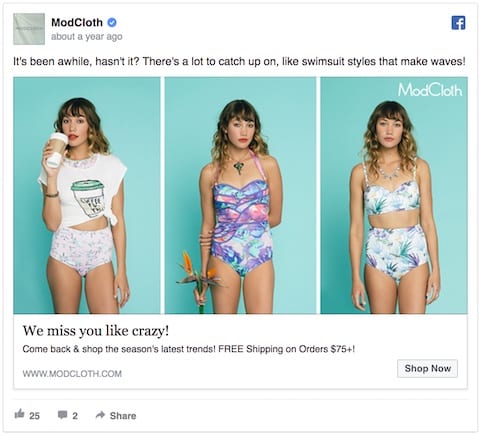
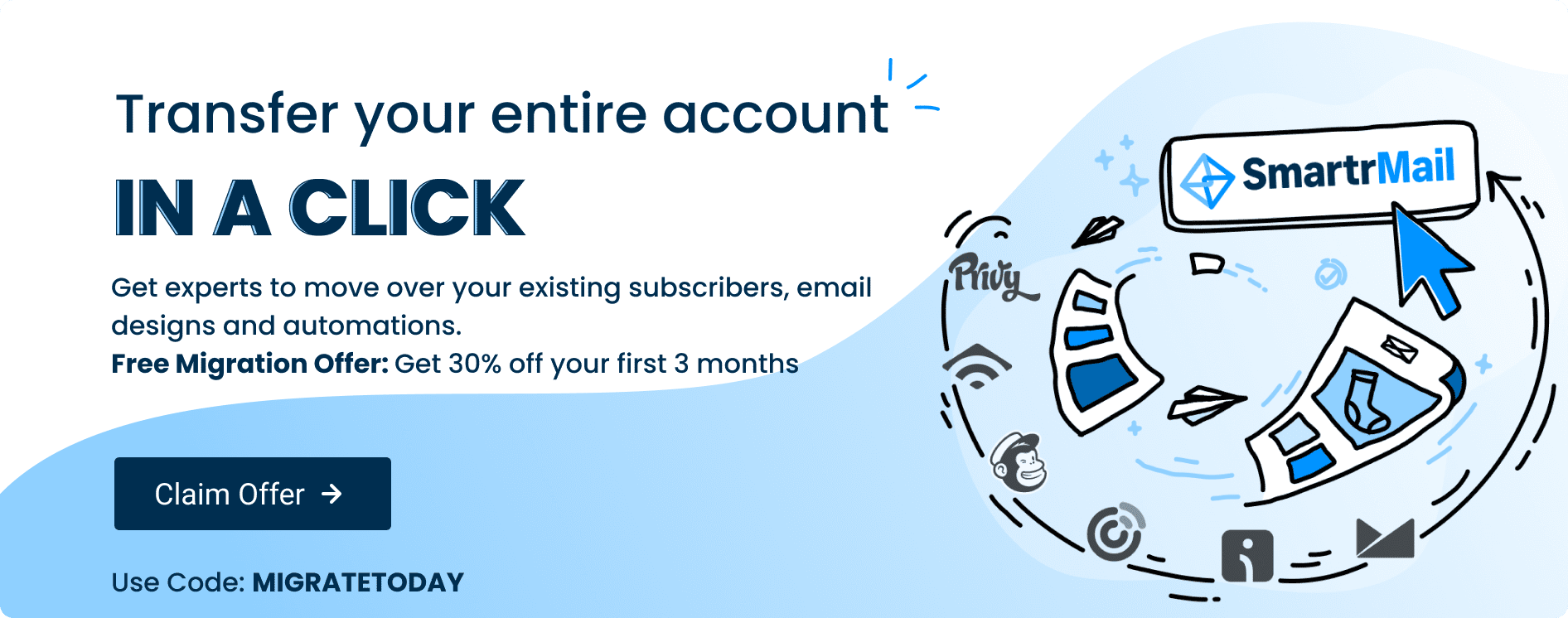
Loyalty Programs
Sometimes the best customer reactivation strategy is preventing customers from becoming inactive in the first place. In other words, you want your customer retention and reactivation plans to work in tandem.
By encouraging people to make regular purchases from your store, you’re drastically reducing the chance they’ll become inactive. One of the best strategies to achieve this is with a loyalty program.
Your loyalty program can also serve as a great lead generation tool to attract even more customers to your store and give you an edge over competitors.
Exactly how you should go about setting up your own program will depend greatly on what type of business you have and what you’re selling. That said, the classic free gift after so many purchases is a good starting point. ReferralCandy is a great and easy option to get started which integrates with all the popular ecommerce platforms.
Combining your social strategy to develop a social media loyalty program is something you can also try.
Other Strategies
Depending on how customers interact with your brand, there may be other customer reactivation strategies you can try too.
SMS
If you collect customers’ phone numbers, you could try sending SMS reminders. Just don’t forget to first make sure your customers have agreed to receiving marketing messages by text.
Phones are also very personal, which makes SMS a personal channel too. So if you do opt for mass SMS messaging, don’t bombard your customers with too many messages. People’s tolerance for receiving marketing material in their messages app is much lower than for their inbox. So it’s best just to keep it to transactional messages and the occasional loyalty or win-back message.
Web Push Notifications
Web based push notifications are also another option. Customers will need to have previously enabled them, but if they have it’s definitely worth experimenting with.
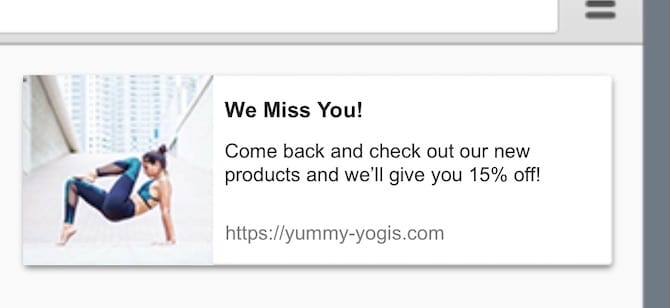
Seeing as both text messages and web notifications are harder to ignore, you’ll likely find that they’re seen more than your emails or social ads. That said, they don’t offer you the same amount of space to include your message and branding.

Over to You
Now that you know what the most effective customer reactivation strategies are, it’s time to start implementing them.
This is not something you’ll want to put off for too long. The longer it’s been since each customer has slipped away, the harder it gets to reactivate them.

